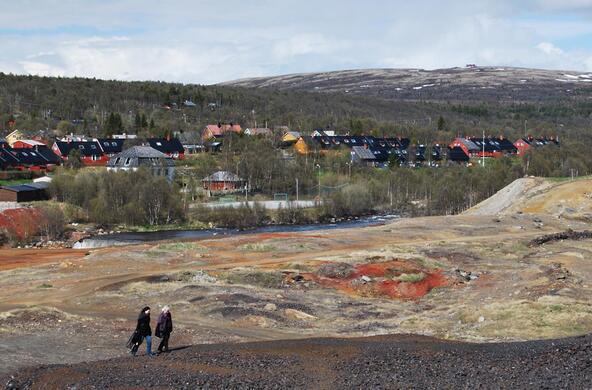Forty-nine years ago today, we celebrated the first Earth Day. Environmental degradation had grown too obvious to ignore, and scientists demanded action. President Nixon moved to create the Environmental Protection Agency and soon the Clean Air Act and the Clean Water Act followed.
In 1972, the EPA banned the use of DDT in the U.S., amidst much complaint by its manufacturers. True, at the time, the environmental toxicity of DDT was not firmly established in science, but the subsequent return of bald eagles, osprey, pelicans and other predatory birds is too coincidental to ignore. DDT interfered with the hormones involved in egg-shell development.
Epidemiological studies for a persistent chemical like DDT are difficult. Often, no one recorded early exposure to DDT, and it is difficult to locate the subjects who develop cancer years later. However, several recent studies show a strong association between exposure of young women to DDT and their subsequent risk of developing breast cancer.
DDT is still used in some countries to combat mosquitoes and malaria, but its overall application has declined globally. In many areas, resistant populations of pests have appeared, lowering the efficacy of DDT. In response, chemical manufacturers now offer a plethora of new insecticides that are based on disruption of the hormonal systems of insects. The studies of DDT suggest that we should be skeptical of new endocrine-like compounds that are offered to improve our daily life. They are designed to kill things, and may even kill you.
Like many organic chemicals that are resistant to degradation, DDT circulates globally, so that significant concentrations have been measured in penguins in Antarctica. Notably, these concentrations peaked in the early 1980s, and are now declining. Penguins are a good long-term index of the ban on DDT use; they are distant from “point-sources” and thus reflect the global circulation of DDT in nature.
The story of DDT is ugly—declining birds, carcinogenic effects, and corporate denial. Nevertheless, it was banned. If we are looking for environmental success stories following Earth Day, the history of DDT in Antarctic penguins is a good one.
References
Chang, S., S. El-Zaemey, J. Heyworth, and M.C. Tang. 2018. DDT exposure in early childhood and female breast cancer: Evidence from an ecological study in Taiwan. Environment International 121: 1106-1112.
Cohn, B.A., P.M. Cirillo and M.B. Terry. 2019. DDT and breast cancer: Prospective study of induction time and susceptibility windows. Journal of the National Cancer Institute doi: org/10.1093/jnci/djy198
Ellis, D.S., C.V.Z. Cipro, C.A. Ogletree, K.E. Smith and R.B. Aronson. 2018. A 50-year retrospective of persistent organic pollutants in the fat and eggs of penguins in the Southern Ocean. Environmental Pollution 241: 155-163.
Rodgers, K.M., J.O. Udesky, R.A. Rudel and J.G. Brody. 2018. Environmental chemicals and breast cancer: an updated review of epidemiological literature informed by biological mechanisms. Environmental Research 160: 152-182.





